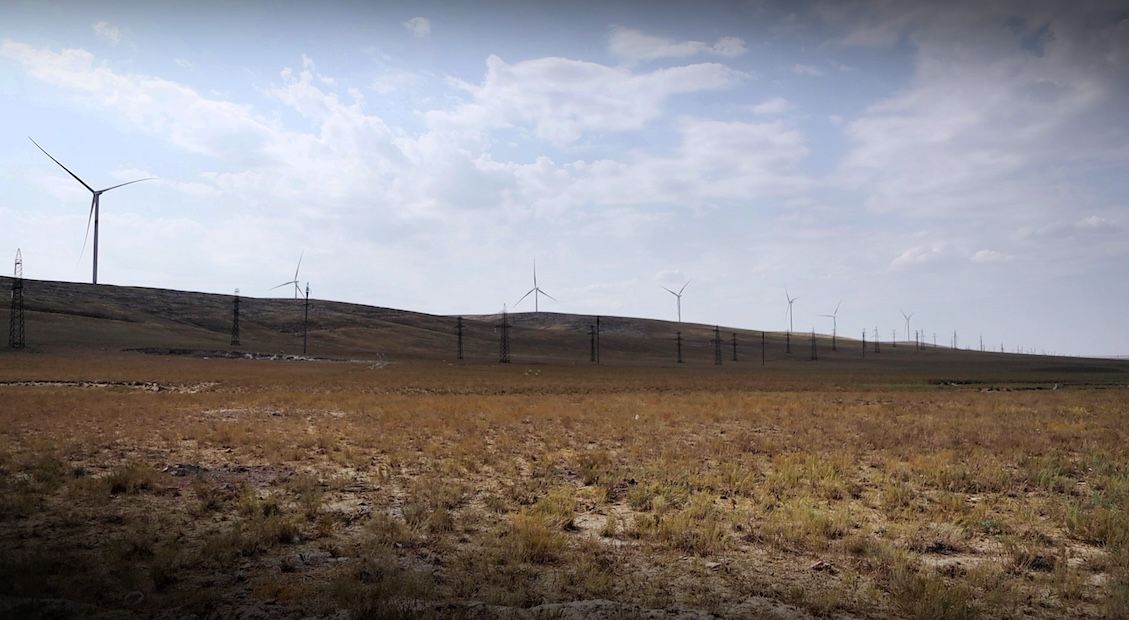
Growth in gross domestic product (GDP) and human development in recent decades has transformed economies and quality of life around the world. This progress has been driven by investments in human capital development, including education, healthcare and reproductive health. These investments have been critical to the sustained growth of economies that have emerged from the low-income category.
Studies have shown a strong relationship between economic growth and human capital development in middle-income countries (see Thomas et al. 2001, Hanushek and Woessmann 2012, Psacharopoulos and Patrinos 2018, and Bloom and Williamson 1998). Human capital theory suggests that substantial investment in education, health, and fertility management is essential to promote economic growth. For individuals, there is a positive correlation between health and educational attainment, while more broadly, health enhances quality of life and livelihoods, and improved educational outcomes boost labor productivity, driving economic progress.
Investments in infrastructure to create strong health and education systems can be key to developing human capital.
More hospitals and medical centers ensure accessible services. Advances in medical technology improve the quality and integration of care. Better schools and laboratories create conducive learning environments and empower students by providing them with the necessary resources. Our experience in the coronavirus disease (COVID-19) pandemic highlighted how a strong digital infrastructure further improves and democratizes access to healthcare and education, fostering resilient and inclusive systems.
However, infrastructure alone does not guarantee economic progress. Adequate human capital is needed to sustain and take advantage of these advances. This integration ensures the development of the necessary capabilities and technologies to maintain and innovate in existing infrastructure, maximizing the return on investments and fostering long-term economic sustainability. Taking advantage of this intrinsic link can unleash the full potential of investments in infrastructure and human capital.
CAF and Vinci Partners promote resilient infrastructure in Brazil
We can assess human capital in different ways. We can assess human capital in different ways. Some indices only look at the developmental phase of childhood, while others take a more comprehensive approach. For example, the World Bank’s Human Capital Index assesses human capital acquired before age 18 and uses under-5 mortality and stunting as proxies for healthy growth. In contrast, the United Nations’ Human Development Index uses indicators such as life expectancy, duration of education, and gross national income (GNI) per capita to measure overall levels of human development.
Human capital and the middle-income trap – and the middle-income trap 2.0
Emerging market growth has been largely based on industrialization supported by physical and human capital. A relatively healthier and better-educated workforce can use technological advances to boost manufacturing and export competitive goods and services. Comparative advantage in global markets has been maintained by low domestic wages and an investment-friendly ecosystem that attracts foreign investment and facilitates technology transfer. However, reliance on low-wage labor to maintain this advantage is becoming a challenge amid increasing competition from countries that have just graduated from low-income status.
This scenario often leads to a middle-income trap. This occurs when a country can no longer compete globally in labour-intensive goods due to relatively high wages, but also struggles in higher value-added sectors due to its low innovation and economic added value. The literature indicates that of the approximately 100 countries classified as middle-income, 100 are classified as middle-income.
Although Asian economies were middle-income in 1960, only a few have successfully moved to high-income status based on nominal GDP per capita. Most of the countries “stuck” in the middle-income category for long periods are in Latin America. Asian economies experiencing high growth rates should learn from these experiences and adjust their growth strategies to avoid the self-reinforcing vicious circle of rising unemployment, declining public services and social welfare, brain drain and reduced human capital.
However, infrastructure alone does not guarantee economic progress. Adequate human capital is needed to sustain and take advantage of these advances.
Rapid technological advances such as artificial intelligence (AI) and automation pose additional challenges to middle-income countries, conceptualized as the middle-income trap 2.0. Cheaper and more widespread automation reduces the comparative advantages of manufacturing in middle-income countries. High-income countries will increasingly use automation to offshore manufacturing, reducing the transfer of knowledge and technology to middle-income countries. Growing technological divergence poses a significant risk of further widening the economic gap between high-income and middle-income countries.
Technological adoption and innovation, key drivers of high value-added economies, are closely linked to human capital development. General-purpose technologies drive growth, and a well-educated and healthy workforce is better prepared to adopt these new technologies. This relationship underscores the importance of integrating human capital development with technological advancement strategies.
Rethinking investments in human capital
Multilateral development banks (MDBs) play a crucial role in supporting essential health and education in developing countries by financing infrastructure for basic services such as maternal and child health care. MDBs have invested billions of dollars in building hospitals, schools and clinics, significantly improving access to essential services, leading to a dramatic increase in life expectancy around the world. Similarly, investments in educational infrastructure have provided the physical spaces needed for effective learning, such as classrooms, laboratories and libraries. These investments have contributed to the creation of critical human capital that has enabled growing economies to reap the demographic dividend and achieve accelerated growth.
However, as middle-income countries seek to further enhance their human capital to avoid the middle-income trap, MDBs will need to shift their focus to building higher levels of human capital for innovation-driven economic growth. This involves continuing to expand basic social infrastructure and investing in the creation of advanced health and education institutions. Developing a highly skilled workforce may require MDBs to invest in projects that were not historically on their radar. This includes genomics hubs, technology clusters, and cutting-edge research centers. MDBs should also support the creation of ecosystems that encourage private sector participation to ensure the availability of funds to enable a sustained transformation into a high value-added economy.
Source: https://reporteasia.com/negocios/energia/2024/09/20/optimizar-proyectos-infraestructura-mediante-inversion-capital-humano/

